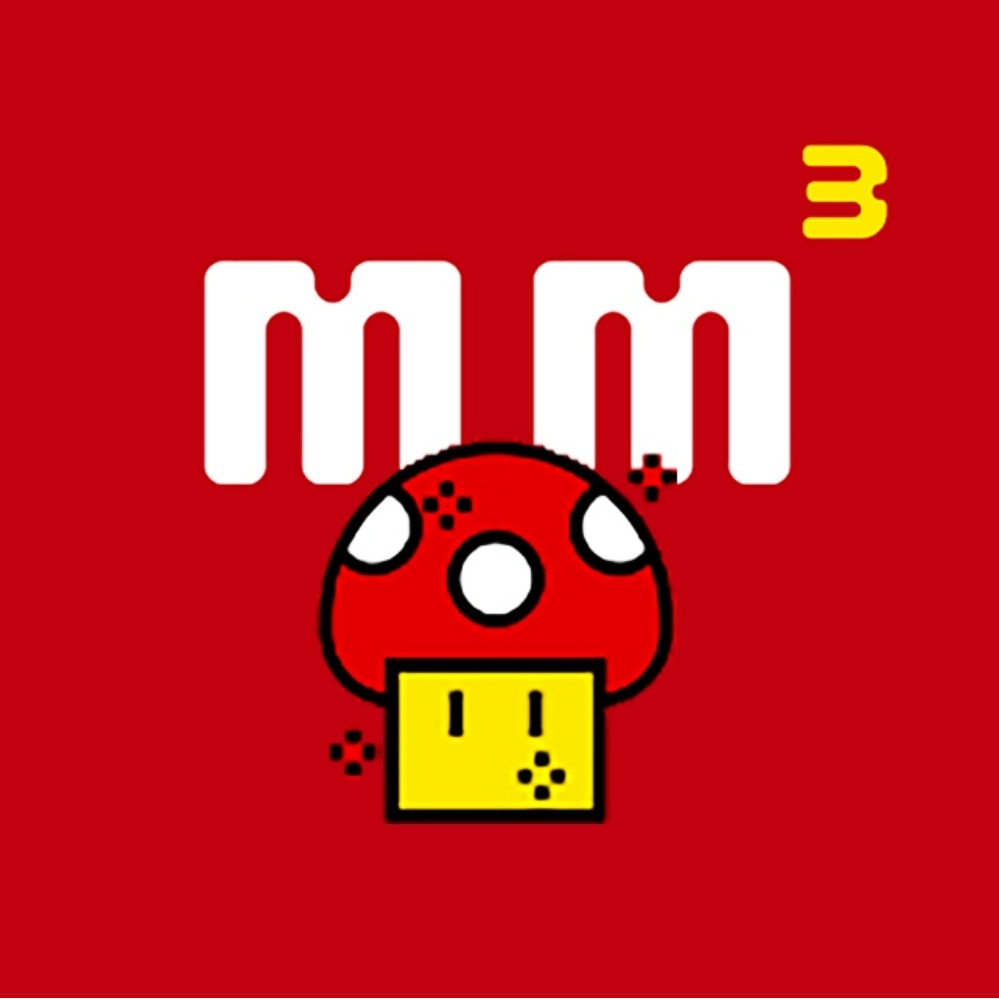COAR Framework
This interactive template was designed to facilitate the practical use of the COAR framework for solving problems in an organized way with a focus on results.
COAR is divided into 4 visually represented stages:
Context - Thoroughly investigate the problem
Objectives - Define clear, measurable goals
Actions - Plan activities to achieve the objectives
Results - Evaluate what was delivered and extract learnings
With explanations, examples, and instructions in each stage, this template provides a hands-on COAR experience.
You can duplicate this template and apply it to any problem or project. Simply follow the steps in each quadrant, documenting insights and outcomes.
We invite you to test COAR in your own context using this collaborative template. Please share your feedback to continuously improve it.
Benefits and Value
The COAR method has the potential to generate significant value as more teams adopt it in their workflows. Some of the key ways to deliver value that have already been identified include:
Deepens and Facilitates Problem Understanding:By delving deeply into the context, including causes, consequences, and variables involved, it provides a basis for the team's shared understanding of challenges. This is because everyone can access and analyze the same information in an organized manner.
Measures the Size of the Challenge:Structuring the context allows for a more precise measurement of the complexity of the challenge. This characteristic is crucial for understanding the extent of the problem, adequately planning actions, and efficiently allocating resources. This helps in managing expectations.
Focuses on Critical and Relevant Objectives:The objective definition stage ensures a target for the team to remain aligned and focused. This stage allows for prioritizing and synthesizing the most important purposes to solve the problem identified and mapped in the context.
Guides Execution through Coordinated Actions:Strategic and tactical planning of actions facilitates organized execution, ensuring that each step contributes to the objectives. Detailing the actions step by step allows for a more concrete search for solutions.
Improves Resource Allocation:With a clear understanding of complexity, resources can be allocated more intelligently and accurately. This avoids resource underutilization or overload, maximizing efficiency.
Anticipates Obstacles and Evaluates Feasibility:The team can anticipate potential obstacles and difficulties that may affect the feasibility of achieving the objectives. This allows for adjustments and contingency plans to deal with situations and align expectations.
Enables Data-Driven Decision-Making, Learning, and Results:By establishing metrics and key indicators, it allows for evaluating the success of actions in relation to objectives. It provides insights for course correction and continuous improvement of solutions based on measured results.
Customizable for Various Contexts and Needs:The versatility of COAR allows for adaptation to a wide range of scenarios, providing a flexible framework for productively and collaboratively solving complex problems.
"Feel free to contact me to share your experiences, feedback, and suggestions. This is crucial for us to continuously improve this framework."
Paulo Brito - LinkedIn




Comments
Read our Community Guidelines and Terms of Use.